Israeli Food Dishes: Basic Overview
Common Ingredients
Common Cooking Methods
Courses
Meals
Key Taste
Eating Etiquette
Meal Presentation
Culinary Festivals
Influence and Fusion
Popular Types of Israeli Dishes
-
Desserts
Israeli desserts often blend local ingredients like nuts with influences from Middle Eastern and European sweets, emphasizing flavors like honey and fruit.
-
Fried Dishes
Fried foods in Israeli cuisine reflect a fusion of culinary traditions, often featuring vegetables, meats, and legumes prepared with Middle Eastern spices.
-
Cakes and Pastries
Israeli baking combines traditional Jewish recipes with local and regional influences.
These varieties of sweet and savory baked goods are enjoyed at celebrations and everyday meals.
-
Grilled and Barbecued Dishes
Grilling and barbecuing are popular cooking methods in Israel.
These specialties combine local ingredients with seasonings to create a unique profile.
-
Condiments and Sauces
Israeli cuisine is known for its array of condiments and sauces, ranging from creamy to tangy, often based on ingredients like sesame, eggplant, and herbs.
-
Salads
Salads in Israel offer a combination of chopped vegetables and herbs, dressed lightly, often serving as a staple side dish in meals.
-
Snacks
Israeli snacks encompass a variety of flavors and textures, often reflecting the country’s diverse cultural influences and emphasizing quick, flavorful bites.
-
Bread and Doughs
Bread plays a crucial role in Israeli cuisine, with a variety of flatbreads and leavened loaves being central to both daily dining and religious observances.
-
Stews
These dishes combine vegetables and meat cooked in a savory broth.
-
Rice Dishes
In Israeli cuisine, rice dishes like Israeli Couscous and Mujadara are staples, often featuring a mix of rice with legumes, spices, and sometimes vegetables.
-
Sandwiches
Israeli sandwiches are stuffed with a variety of ingredients like fried eggplant, boiled eggs, and salads
-
Casseroles and Bakes
In Israeli cooking, casseroles and bakes often feature noodles or potatoes, and can be either sweet or savory.
Common Israeli dishes are popular culinary creations of Jewish and non-Jewish origin in Israel, a country in the Middle East. These dishes have been prepared for many generations by Jews and other ethnic groups in Israel.
Israeli dishes created overseas are classified according to three main styles developed centuries ago: Ashkenazi, Sephardic, and Mizrahi cuisines.
Ashkenazi Jewish cuisine was created by Jews residing in Central, Eastern, and Northern Europe, as well as the United States. Jewish cuisine comes from Jews of Arab and Middle Eastern descent.
Sephardic Jewish cooking traditions belong to Sephardic Jews, who lived in the Iberian Peninsula until being expelled in the late 15th century and later settled down in Southern Europe and the Middle East. Mizrahi.
Those three styles of Jewish diaspora cuisine accompanied Jewish immigrants traveling to Israel in the 20th century, especially after the country became independent in 1948. Over many decades, their corresponding dishes have changed significantly to adapt to local conditions.
A unique feature of Israeli foods is their compliance with Jewish dietary laws (kashrut) laid out by the Talmud (a sacred Jewish text). Some notable rules are excluding pork and shellfish and not mixing meat-based and dairy-based foods together.
Kosher foods are dishes that meet kashrut standards. Nevertheless, many Jews don’t comply with kashrut, so there is a diverse range of non-kosher culinary offerings in the West Asian country.
Halal foods suitable for Muslim eaters are also popular. Many well-known Israeli foods are specifically prepared for Jewish holidays.
An important event is Shabbat (the Jewish name for Sabbath), which begins at sunset on Friday and ends after sunset on Saturday.
Other noteworthy holidays in Israel’s holiday cuisine include Rosh Hashanah (Jewish New Year), Hanukkah (commemorating the rededication of the Second Temple), Passover (celebrating the escape of the Israelites from Egyptian slavery), and Purim (marking the failure of a plot to massacre the Jews in ancient Persia).
For each common Israeli dish, I will delve into its origin, type of food, main ingredients, variations, cooking techniques, appearances, flavors, side dishes, and other interesting facts, like where it is also popular.
Next, I will give an overview of Israeli cuisine, including factors that make local foods unique, major categories of foods, main ingredients, and dominant flavors in local cuisine. Plus, make sure to find out the beverages to have with those dishes.
35 Popular Israeli Dishes with Filters
Get to know the various dishes of Israel through the handy filter system that allows you to see these specialties in alphabetical order, key ingredients, tastes, cooking methods, dish types, and global popularity.
Next, let’s discover the culinary styles of Israel ranging from the most popular, traditional, and street food to fusion options:
Falafel
- National
- Street Food
- Traditional
Falafel are deep-fried balls or patties made from ground and spiced chickpeas. While falafel originated in Egypt, it is popular in Israel, and many consider it the country’s national dish.
Traditional falafel sometimes contains fava beans or a mixture of chickpeas and fava beans, but the Jewish version is entirely chickpea-based.
Yemenite Jews started selling falafel on Israel’s streets in the 1950s, but the vegan chickpea-based dish only appealed to the broader population in the late 20th century. Today, this crispy snack and appetizer is usually served with salads and dips.
In addition, falafel sandwiches, consisting of fried chickpea-based balls and garnishes stuffed into flatbreads, are also well-known street food in Israel.
Hummus
- National
- Traditional
Hummus is a chickpea-based dip widely served with some of the most common Israeli foods. Literally “chickpea” in Arabic, hummus is prepared by mixing mashed chickpeas with tahini (a sesame-based condiment), lemon juice, garlic, paprika, and other spices.
The final step of making Israeli-style hummus is to top the creamy dip with extra ingredients, such as olive oil, mushrooms, pine nuts, hard-boiled eggs, raw onions, pickles, or stewed fava beans.
There is even a type of dining establishment called hummusia that exclusively sells hummus and its toppings. The Israeli variation of hummus contains more tahini to create a smoother consistency.
Shawarma
- National
- Street Food
Shawarma is a famous Israeli street food and a delicious combo of pita bread stuffed with spit-roasted turkey or chicken shavings.
Other must-have ingredients include tahini sauce, hummus or amba (mango-based condiment), pickles, and vegetable garnish like diced tomatoes and cucumbers.
The Jewish preference for poultry sets the local version apart from other variations. Another distinction is that locals don’t marinate the meat in yogurt.
Israeli Salad
- Traditional
Israeli salad, locally known as salat katzutz, is a side dish for many typical Israeli foods. This salad is a combo of finely chopped vegetables, lemon olive oil dressing, and fresh parsley.
People sometimes add tahini, yogurt, and spices (like sumac) to the mix. Classic vegetables used to make salat katzutz are cucumbers, onions, tomatoes, and bell peppers, with carrots, radishes, or cabbage.
Israeli salad has been a common breakfast dish since its creation in the late 19th century, it pairs well with flatbreads, dips, meaty dishes, and many other foods.
Shakshouka
- National
- Traditional
Shakshouka, sometimes called shakshuka, is an Israeli breakfast food of Maghreb origin. The culinary creation consists of eggs poached in tomato sauce, olive oil, garlic, onions, peppers, and spices.
The poached egg and tomato dish was introduced to Israel by North African Jewish immigrants in the mid-20th century.
Locals sometimes prepare the tomato base from leftover tomato stew for Shabbat dinner or matbucha, a Sephardic Jewish condiment made from cooked tomatoes and roasted bell peppers.
Laffa
- Traditional
Laffa is a popular flatbread enjoyed with various classic Israeli foods. The large, thin, and chewy flatbread was created by Jews in Iraq, who brought it to their home country in the middle of the 20th century.
Due to its origin, the Israeli flatbread is nicknamed Iraqi pita. Locals prepare laffa from a dough of flour and olive oil that undergoes a long fermentation process.
The flatbread is then baked in a wood- or coal-fired oven and coated with a layer of olive oil and za’atar (a type of wild oregano or a spice blend made from it). Modern laffa is usually cooked in a frying pan, outdoor grill, or pizza oven.
Its main application is to whip up sandwiches, such as shawarma, falafel sandwiches, and sabich (fried eggplant sandwich).
Sabich
- Street Food
Sabich, also known as sabih, is one of the most famous Israeli foods for breakfast and street eats. This type of sandwich combines chewy laffa with fried eggplant patties, hard-boiled eggs, Israeli salad, chopped parsley, tahini sauce, and amba.
Iraqi Jews brought the fried eggplant sandwich to Israel after their exodus in the 1950s. Sabich was originally a breakfast dish, with the modern versions occasionally having extra ingredients, such as boiled potatoes, haminados (whole eggs braised in the shells), and zhug (a popular hot sauce of Yemeni origin).
Challah
- Traditional
Challah is a type of egg bread and one of the traditional Israeli foods served at Shabbat and many religious holidays, such as Hanukkah and Rosh Hashanah. A regular loaf of challah is made by weaving three, four, or six strands of dough before baking.
Besides eggs and yeast dough, challah usually contains sweet or aromatic ingredients, such as saffron, sesame seeds, or raisins. To begin a Shabbat meal, Jews always prepare two loaves of challah, perform some rituals to bless the bread, and slice or tear it apart to eat it with salt.
A specialty of Ashkenazi Jewish cuisine, challah is available in many European countries with Jewish communities under different names, such as cholla, kolach, koylatch, or chałka.
Israeli Couscous
- Traditional
Israeli couscous, also known as ptitim or pearl couscous, is a staple invented in Israel around the 1950s as a response to food shortages back then.
Israeli couscous consists of tiny, machine-made balls of toasted pasta made from hard wheat flour. Pearl couscous was created by order of David Ben-Gurion, Israel’s first prime minister, hence its nickname “Ben-Gurion rice.”
Pearl couscous is typically boiled until soft and chewy before being served as a side dish. Authentic couscous, introduced by Jews from North Africa, is also notable in Israeli cuisine, though it is much less prevalent than pearl couscous.
Bourekas
- Street Food
Bourekas, or burekas, are a renowned Israeli baked pastry with sweet or savory fillings. The pastry is a combination of Spanish empanadas and börek (flaky pastry or pies in Balkan and Middle Eastern cuisines).
Bourekas are made with many types of dough, be it filo pastry, puff pastry, or brik pastry (deep-fried, stuffed filo pastry). In terms of fillings, they can be cheese, mashed potatoes, minced meat, mushrooms, and eggplant.
This filled baked pastry is an appetizing Israeli street food, fast food, snack, and breakfast on Shabbat. Savory bourekas often require a side of salad, haminados, zhug, or pickles.
Baba Ganoush
- National
- Traditional
Baba ghanoush, literally “pampered father,” is a popular dip and appetizer in Israel. This creamy dip is prepared by pureeing roasted eggplants with tahini, lemon juice, olive oil, parsley, and spices for a nutty, tangy, and smoky flavor.
Originating in Levantine cuisine, baba ghanoush is now a must-have condiment for many traditional Israeli foods, from flatbreads to salads. Salat hatzilim is a local variant that replaces tahini with mayonnaise.
Jerusalem Mixed Grill
- Street Food
Jerusalem mixed grill, known as me’orav Yerushalmi in Hebrew, is an Israeli grilled meat dish. Created in Mahane Yehuda Market in Jerusalem, this grilled dish consists of lamb chunks roasted over an open fire with chicken offals (like hearts, livers, and spleens).
Locals often enjoy this grilled lamb and chicken dish by stuffing it into pita bread. The best version of this finger-licking street food is available at the food stands in Mahane Yehuda Market.
Cholent
- National
- Traditional
Cholent is an Israeli stew for Shabbat created by Ashkenazi Jews living in Europe during the Middle Ages. Its main ingredients are beef, potatoes, grains (like pearl barley), chickpeas or similar legumes, and various spices.
The slow-cooked stew was invented to comply with the religious ban on cooking with a fire on Shabbat.
On Friday, the faithful cooked cholent partly, then simmering the stew over low heat overnight so that it would be hot and ready the next day. Today, cholent is commonly served with challah and salads.
Malawach
- Traditional
Malawach, alternatively spelled as melawwah, is a fried flatbread in Israel. Malawach comprises many layers of flaky puff pastry brushed with butter or olive oil.
Malawach pairs well with many dips and dishes, such as honey, zhug, hummus, Israeli salad, hard-boiled eggs, or labneh (strained yogurt). People in Israel occasionally use malawach as a substitute for laffa or pita bread when making sandwiches.
Rugelach
- Traditional
Rugelach is a pastry offered in cafes and bakeries throughout Israel. Jewish communities in Central Europe invented the bite-sized, crescent-shaped pastry, which resembles French croissants.
Israelis prepare rugelach by wrapping yeast-leavened, sour cream, or cream cheese dough around a sweet filling of chocolate, raisins, poppy seeds, jam, or vanilla.
Savory rugelach with meaty fillings is a modern adaptation.
Sufganiyah
- Fusion
Sufganiyah is one of the popular Israeli dessert foods for Hanukkah, featuring a jam- or custard-filled doughnut that is deep-fried in oil and garnished with powdered sugar on top.
The round jelly doughnuts, which are deep-fried in a lot of oil, are seen as a reminder of the Hanukkah legend. Modern sufganiyot come with many new filling options to charm young customers, such as custard, Nutella, and pudding.
Schnitzel
- Fusion
Schnitzel, or breaded and fried meat cutlet, is a fried dish of turkey and chicken. The Israeli-style schnitzel is cooked in vegetable oil rather than clarified butter, and its batter is seasoned with sesame seeds and paprika.
In terms of side dishes, folks in the West Asian country usually choose mashed potatoes, french fries, hummus, Israeli salad, and pita. Ashkenazi Jews introduced schnitzel to Israel in the early 20th century and modified the dish to suit local preferences.
Tabbouleh
- Traditional
Tabbouleh, also known as tabouli and taboulah, is an Israeli salad made from bulgur, chopped tomatoes, parsley, onions, mint, olive oil, and lemon juice.
Despite its Lebanese and Syrian origin, the bulgur and chopped vegetable salad is extremely well-known in Israel, where locals enjoy it as a refreshing side with flatbread, grilled meat, and other dishes.
Jachnun
- Traditional
Jachnun, also spelled as jahnun, is a Jewish pastry or bread popularly enjoyed on Shabbat morning. A well-known Yemenite Jewish dish, jachnun is prepared from an unleavened dough mixed with fenugreek and samneh (clarified butter).
To comply with the Shabbat prohibition on cooking, jachnun is baked or steamed in a lidded pot or oven at very low heat from Friday night to Saturday.
Jachnun boasts a moist interior, a dark amber color, and a slightly sweet, caramel-like flavor that goes well with hard-boiled eggs, crushed tomatoes, zhug, and many other Shabbat foods.
Mujadara
- Traditional
Mujadara is a specialty consisting of rice and cooked lentils mixed with extra ingredients like caramelized onions, coriander, cumin, and olive oil.
The name mujadara means “pockmarked” in Arabic, describing how the lentils look like pockmarks when scattered through the rice.
Mujadara is a healthy and vegan main dish suitable for many dietary restrictions. Israelis enjoy both hot and cold versions of the dish.
Lekach
- Traditional
Lekach is an Israeli honey cake traditionally served on Rosh Hashanah. Ashkenazi Jews came up with this sweet and spongy cake during the Middle Ages thanks to inspiration from similar pastries in Europe, especially German cakes.
The honey cake resembles a dark, loaf-shaped cake. Other variants have different shapes, such as pound cakes, sponge cakes, or gingerbread.
Jewish people typically enjoy Lekach on Rosh Hashanah to wish for a sweet new year.
Tahini Cookie
- Traditional
Tahini cookie is a classic Israeli dessert that combines tahini, flour, sugar, and butter. The dough is then molded into round, flat cookies, each of which is topped with an almond or pine nut after being baked.
These treats offer a crumbly, shortbread-like texture and nutty, buttery flavor. Even better, some variants include aromatic ingredients, such as grape molasses, rose water, or cinnamon.
Kubba
- Traditional
Kubba, also spelled as kubbeh, is an Israeli snack and appetizer with a similar appearance to croquettes. Its shell is made of bulgur, while the filling features spiced ground meat (like lamb).
People cook kubba by baking, grilling, deep-frying, or even steaming the patties. The Israeli variations of kubba sometimes combine Latin American features, such as serving with salsa verde (a famous spicy Mexican green sauce).
Syrian Jews also enjoy a soupy version of kubba called kubbi kishk, whose main ingredients are kubba and cabbage leaves cooked in a yogurt-based broth.
Musakhan
- Traditional
Musakhan, also known as muhammar, is one of the popular Israeli finger foods that originated in Palestine. The serving consists of a portion of taboon bread (a type of round, chewy flatbread) topped with marinated and roasted chicken, pine nuts, baked onions, olive oil, and sumac.
The taboon bread and roasted chicken combo, served with yogurt or soups on the side, is particularly famous among Israeli Arabs and Israeli Druze. Musakhan is often served family-style on special occasions, with multiple people sharing a large platter.
Gefilte Fish
- Traditional
Gefilte fish, literally “stuffed fish,” is a highly-regarded Israeli appetizer for Shabbat in Ashkenazi Jewish cuisine. Its main ingredients are ground and boneless fish filets, eggs, bread crumbs, vegetables (like onions, celery, and carrots), and spices.
The original version of gefilte fish, which first appeared in Germany by the 14th century, was more complex, with minced fish stuffed inside the intact skin of a whole fish.
Today, gefilte fish is a convenient dish with sweet and savory variations popular in Israel, America, and many European countries.
Malabi
- Traditional
Malabi is an Israeli dessert derived from the Middle Eastern milk pudding muhallebi. While the early version of malabi was based on rice flour, locals normally use cornstarch these days, mixing it with milk, sugar, and a syrup of orange blossom water or rose water.
In addition, malabi is often dyed red with food coloring and topped with desiccated coconut or pistachios. When Israelis serve this milk pudding after a meal with meat dishes, soy milk or almond milk is used instead of regular milk.
Malabi is often sold in disposable cups, complete with sweet syrup and nutty toppings, as a street food at roadside carts or stalls.
Hamantash
- Traditional
Hamantash, also known as hamantashen or oznei Haman, is a signature Israeli cookie or pastry reserved for Purim.
The treat boasts a triangular shape and an exposed sweet filling, with prune paste and poppy seeds as the traditional options, though savory variants filled with cheese or minced meat are gaining popularity.
Hamantash is a vital part of mishloach manot, the basket of food or drink exchanged between loved ones as gifts on Purim.
Jerusalem Bagel
- Street Food
- Traditional
Jerusalem bagel, also known as beigaleh or ka’ak al-Quds, is a beloved type of bread ring in Israel. Compared to regular bagels, Jerusalem bagels have a distinctly oblong ring shape, not to mention an airier and less doughy texture.
This type of Israeli bagel was derived from ka’ak (Arabic bread ring). Jerusalem bagels coated with plenty of sesame seeds are a familiar snack and street food for many locals, especially students and workers.
Amba
- Traditional
Amba is a mango-based condiment based on Indian mango chutney. The mango condiment found its way to Israel in the mid-20th century and has been a cornerstone of local cuisine ever since.
Although amba traditionally requires pickled mangoes, modern versions are made from unripe mangoes that are mashed and mixed with olive oil, lemon juice, vinegar, and various spices.
The mixture is then blended until smooth or chunky and stored in the fridge. Thanks to the use of green mangoes, Israeli amba is savorier than other variations. Locals use it as a topping for various dishes, like falafels, sabich, shawarma, and hummus.
Sambusak
- Traditional
Sambusak is a famous fried or baked pastry with savory fillings. Sephardic and Mizrahi Jews popularized the pastry in the West Asian country.
As a result, there are two main types of sambusak to choose from. Sephardic sambusak has a bigger thickness and a filling of cheese or minced meat, cooked by baking and coated with poppy or sesame seeds.
By contrast, the Mizrahi version is fried, thinner, and stuffed with fried onions, mashed chickpeas, and pine nuts, with no seeds on the exterior.
Stuffed Dates
- Traditional
Stuffed dates are an Israeli treat with roots in Levantine cuisine, featuring dried Medjool dates offering a chewy texture and deliciously sweet flavor. In addition, dried dates are more nutritious and easier to cook than fresh ones.
These dates can be stuffed with various ingredients, such as goat cheese or honeyed nuts. Kofta-stuffed dates are a variant that has a mixture of ground meat, pine nuts, and spice as the filling.
Regardless of the ingredients, stuffed dates are always baked in the oven until gooey. In Israel, locals often serve stuffed dates and dried fruits with bulgur or rice as a snack or appetizer.
Israeli Chicken Soup
- Traditional
Israeli chicken soup is a dish made with chicken, carrots, onions, celery, dill, and chicken broth. Still, there are unique ingredients that separate the Israeli variation from others.
The most popular extra ingredient for Israeli chicken soup is the matzah (or matzo) ball, which is made from matzah meal (an unleavened flatbread), clarified chicken fat or margarine, beaten eggs, and water.
Other distinctive add-ins for Israeli chicken soup are lokshen (flat egg noodles), kreplach (small, filled dumplings), eyerlekh (unlaid chicken eggs), and shkedei marak (crisp mini croutons).
Shish Taouk
- Fusion
Shish taouk, or shish tawook, is a well-known Israeli dish of Middle Eastern origin. The chicken dish is made by thoroughly marinating cubes of chicken before skewering and grilling them.
The grilled specialty is especially popular on Israel’s Independence Day, when families often host a BBQ party. Flatbreads, grilled vegetables, tahini sauce flavored with sumac, and salads like tabbouleh are the most common sides for the skewered and grilled chicken.
Kugel
- Traditional
Kugel is a classic casserole in Israel, with potatoes or lokshen noodles as the main ingredients. Noodle kugel is usually sweet and made with sugar, eggs, dried fruits (especially raisins), and crushed cereals or breadcrumbs for toppings.
Kugel Yerushalmi, or Jerusalem kugel, is a dairy-free noodle kugel variant that contains black pepper and caramel sauce. By contrast, potato kugel is always a savory dish consisting of grated or pureed potatoes, matzah meal, onions, eggs, flour, and seasoning.
Latke
- Traditional
Latke is a cherished type of potato pancake or fritter that Israelis always prepare for Hanukkah. The potato pancake consists of mashed or grated potatoes, flour, eggs, onions, and matzah meal.
The potato pancake was traditionally made with cheese and fried in butter before adopting its current form. Common accompaniments for latkes include applesauce, sour cream, chicken soup, poached eggs, salads, etc.
Like sufganiyot, latkes are deep-fried in oil to commemorate the Miracle of Hanukkah, making them an important dish in Israel’s foods and culture. The intimate link between foods and holidays is an essential feature of local cuisine.
What Features Define Israeli Dishes?
The cuisine of Israel has the following 7 defining features: culinary influences, religious influences, primary ingredients, street food scene, holiday cuisine, modern adaptations, and drink pairings.
Israeli foods are a blend of various cuisines. Due to waves of Jewish immigration in the 20th century, the West Asian country has welcomed various styles of diaspora Jewish cuisine, particularly Ashkenazi, Sephardic, and Mizrahi styles.
Jewish teachings, especially those about dietary laws, play a vital role in shaping Israeli foods. Many locals choose to follow specific rules in selecting and preparing food ingredients to create kosher foods.
Halal foods for the Muslim population are also readily available in Israel. In addition, many religious Jewish holidays demand specific dishes.
Israelis enjoy many types of healthy ingredients, including bulgur, pearl couscous, poultry, fish, legumes, fruits, and vegetables.
Olives, dates, citrus fruits, tomatoes, onions, and cucumbers appear in many dishes, making local foods very wholesome. Dairy products like cheese and yogurt are also widespread.
The West Asian country offers numerous types of sandwiches for a convenient, on-the-go meal, such as shawarma, sabich, or falafel sandwich. There are also savory street eats like Jerusalem mixed grill or sweet treats like malabi.
Many traditional Israeli dishes are must-have food offerings for Jewish holidays, such as Shabbat, Hanukkah, Passover, and Rosh Hashanah. Holiday cuisine encompasses many types of Jewish foods, from savory stews to bread and sweet treats.
Fusion cuisine is gaining popularity in Israel, renovating age-old recipes with new ingredients and cooking methods worldwide. Mediterranean foods are a popular source of ideas thanks to their well-known health values.
People in Israel enjoy a variety of drinks with their foods. Tea, coffee, fruit juice, limonana (lemonade), and sahlab (a warm drink made from cornstarch or powdered orchid bulbs) go well with various desserts and snacks.
Meanwhile, wine (including kosher and non-kosher variations) and arak (anise-flavored alcoholic drink) are excellent pairing choices for savory kinds of foods popular in Israel.
Want to know more about Israel’s specialties? Allow me to give you some pairing options with beverages in Israel that will greatly enhance your experience.
What Israeli Dishes to Have with Beverages?
Let’s savor the best flavor in Israel by bringing together Israeli refreshments with the country’s specialties:
If these Israeli dishes help you learn about local cuisine and culture, don’t forget to give it a big thumbs up and share it with your friends and family. Also, share your thoughts about your dishes in the comment section.



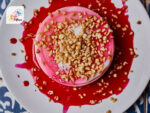


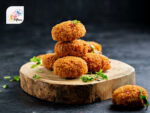
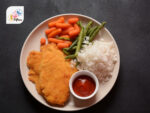
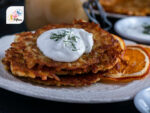

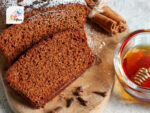
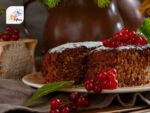
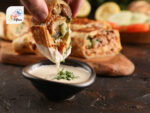
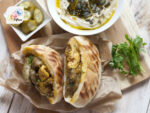
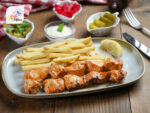
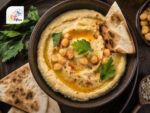
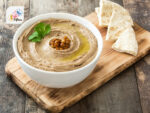
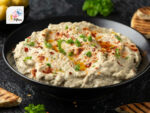
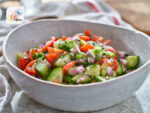
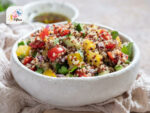
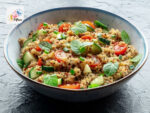
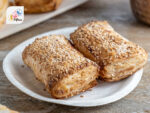

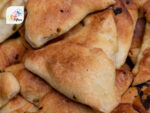

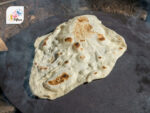

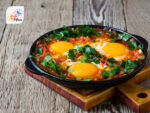
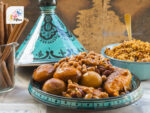
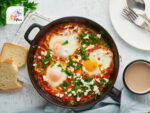
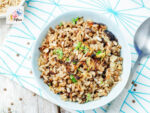
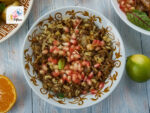
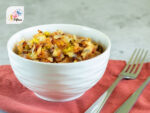
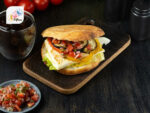
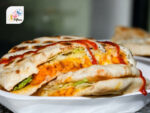
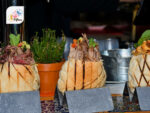
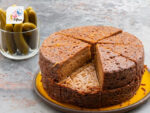
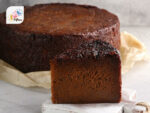
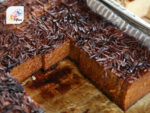
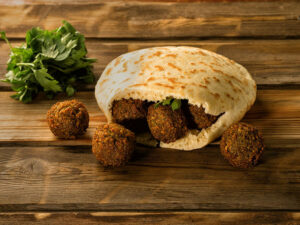
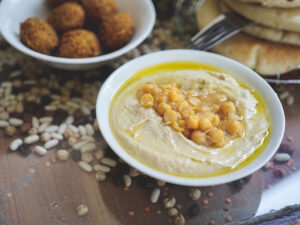
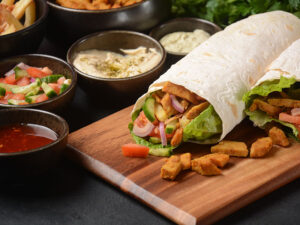
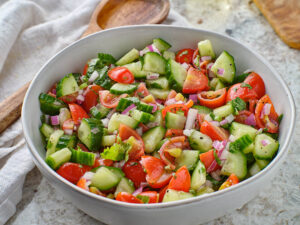
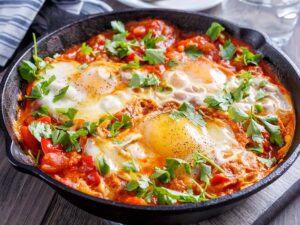
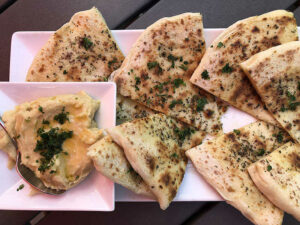
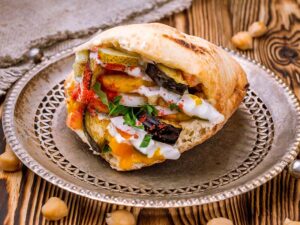

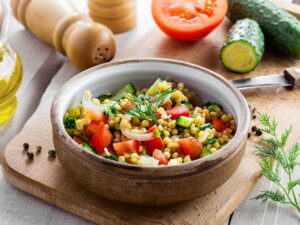
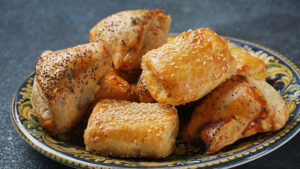
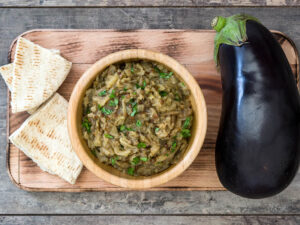
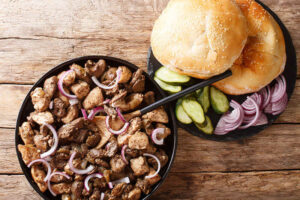
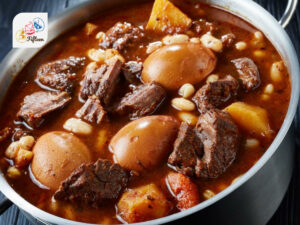
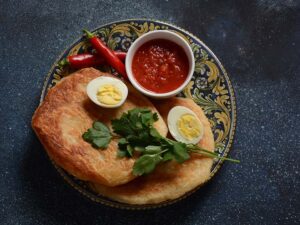
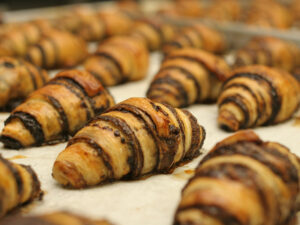


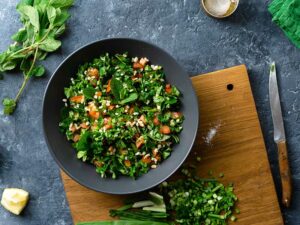
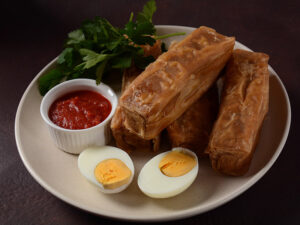
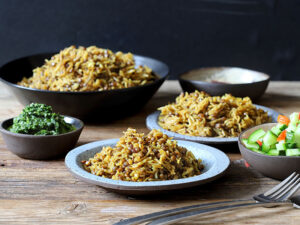
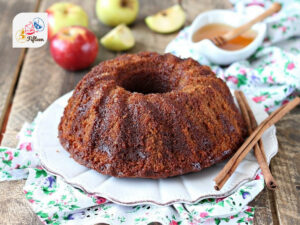
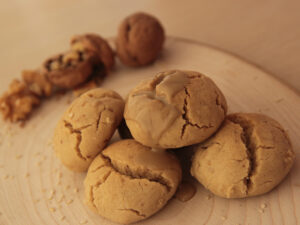
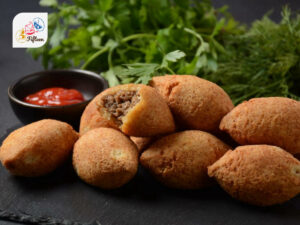
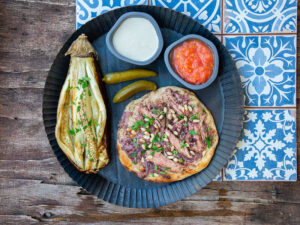
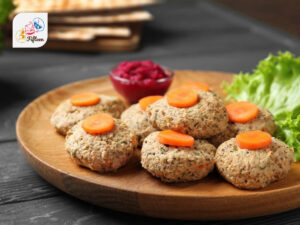
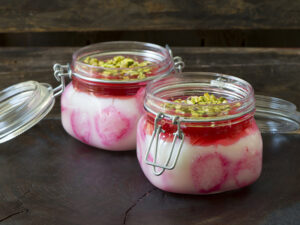

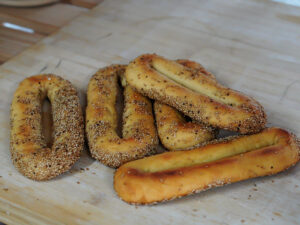
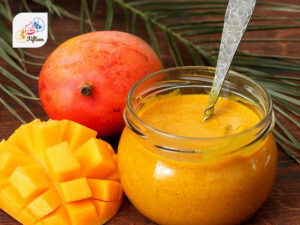
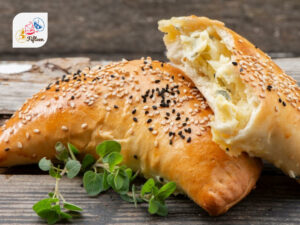
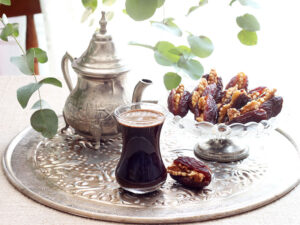
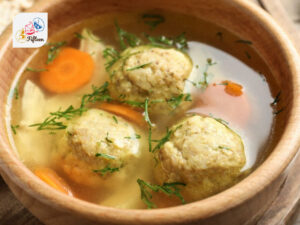
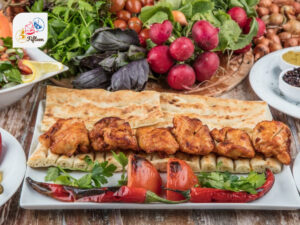
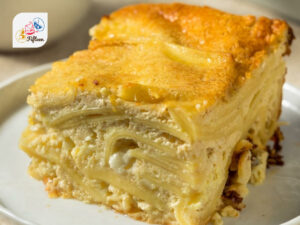
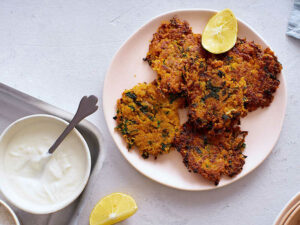
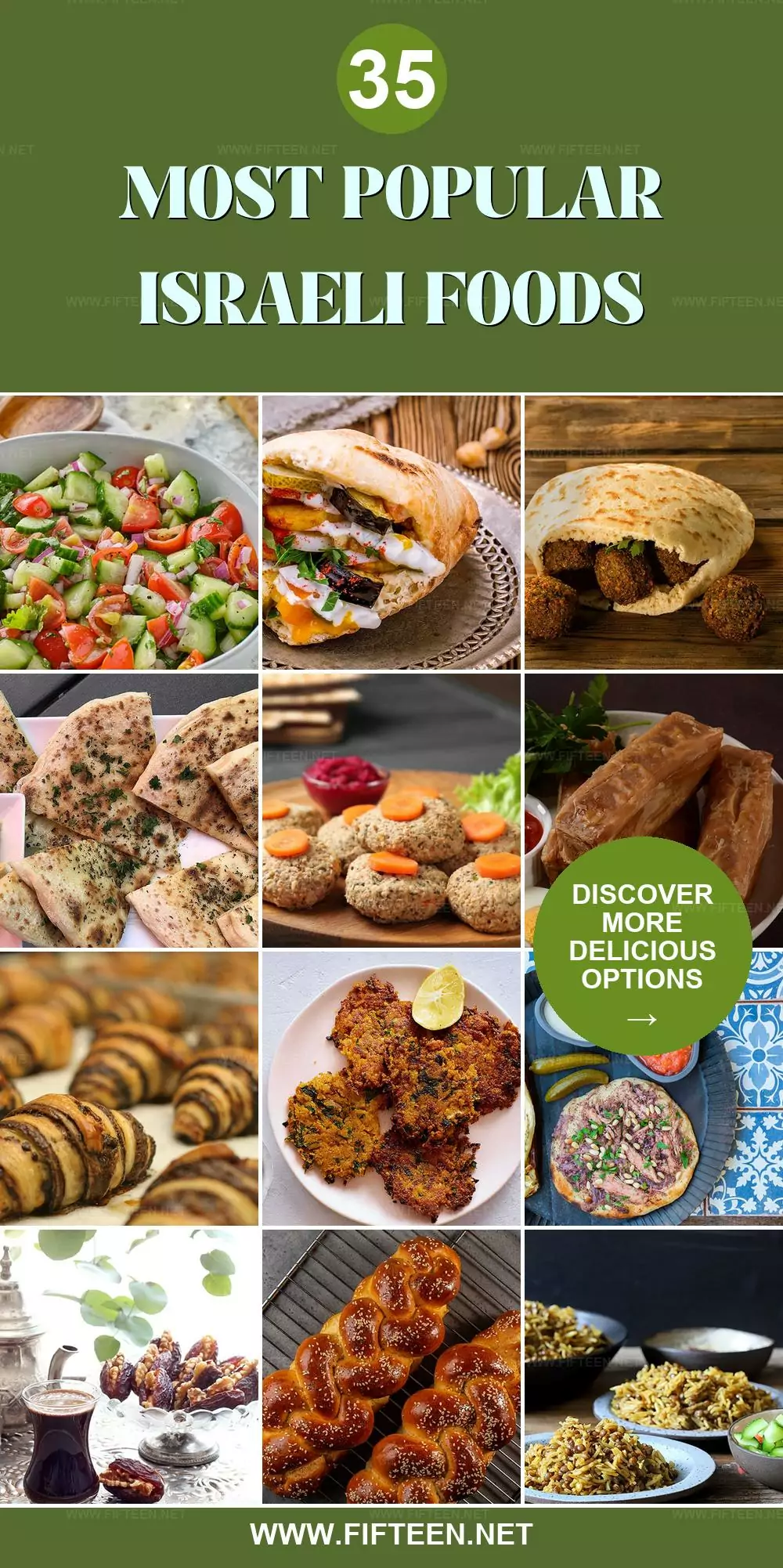
Jamie Scott
Editor in Chief, Senior Content Writer
Expertise
Home Cooking, Meal Planning, Recipe Development, Baking and Pastry, Food Editor, Cooking-video Maker, Western Food Evaluation Expert
Education
Le Cordon Bleu College of Culinary Arts
Local Community College, New York, NY
Jamie Scott is a skilled culinary expert and content creator specializing in Western cuisine. With over 15 years in the culinary field and formal training from Le Cordon Bleu, Paris, Jamie deeply understands how to blend nutrition with delicious flavors. His passion for cooking matches his commitment to making healthy eating accessible and enjoyable.
On Fifteen.net, Jamie brings a fresh perspective to classic dishes and beverages, offering readers insightful recipes, cooking tips, and a fresh view on meal planning that emphasizes taste, health, and simplicity.